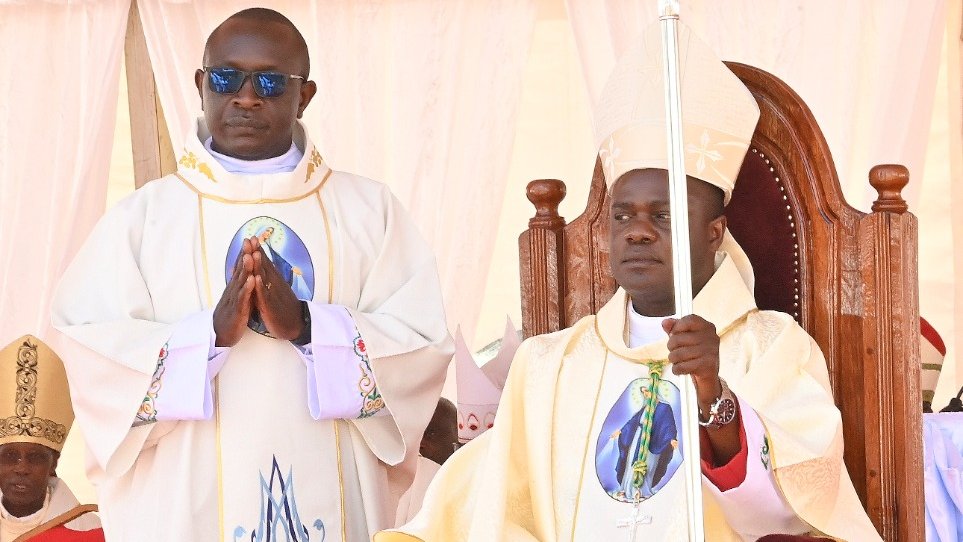By CP
A Roman Catholic diocese in Europe has issued an apology after its bishop told a group of children a couple of weeks before Christmas that Santa Claus does not exist.
The Diocese of Noto, based in Sicily, issued a statement on social media apologizing for the words of Bishop Antonio Stagliano.
At a recent religious festival called the Feast of Saint Nicholas, Stagliano told a group of children that Santa did not exist and that his red outfit was created to help market Coca-Cola drinks.
“First of all, on behalf of the bishop, I express my sorrow for this declaration which has created disappointment in the little ones, and want to specify that Monsignor Stagliano’s intentions were quite different,” diocesan spokesman The Rev. Alessandro Paolino said in a post shared on the diocese’s Facebook page.
He stated that the diocese “certainly must not demolish the imagination of children, but draw good examples from it that are positive for life.”
“Santa Claus is an effective image to convey the importance of giving, generosity, sharing. But when this image loses its meaning, you see Santa Claus aka consumerism, the desire to own, buy, buy and buy again, then you have to revalue it by giving it a new meaning,” Paolino said.
The bishop intended to stress to children that they should be focusing on the true meaning of Christmas — the birth of Jesus Christ — and highlight the story of St. Nicholas, a bishop who lived during the late 200s and early 300s and gave gifts to the poor.
In a statement released by the diocese, Stagliano declared that “he didn’t tell the kids that Santa doesn’t exist, but we talked about the need to distinguish what’s real from what’s not.”
“So I gave the example of Saint Nicholas of Myra, a saint who brought gifts to the poor, not gifts,” he stated. “In the Anglo-Saxon tradition he then became Santa Claus, but certainly not the Santa Claus created by Coca-Cola.”
“I wanted to explain that a consumer culture such as that of gifts is different from a culture of gift which is at the basis of the true message of Christmas,” he added. “Baby Jesus was born to give himself to the whole of humanity.”
There has been much discussion about how Christian parents should approach the secular celebration of Santa Claus during the Christmas season.
“Many parents decide to jump in with both feet on the Santa fun, while others give the Santa topic a complete stiff-arm,” Shane Pruitt, the director of next gen evangelism for the Southern Baptist Conventions North American Mission Board, wrote in a 2015 column published by The Christian Post.
Pruitt suggested the “Santa is Like Cinderella” option, which involves explaining to kids that “Santa is like Cinderella. He is not a real person, but he is fun to talk about, be entertained by, and see in art (movies, decorations, etc).”
“This option allows them to know the truth and still participate in the fun. They don’t have to sit out of any activities at school, can still have their pictures with Santa, can watch great movies … and see Santa decorations without being confused by them,” continued Pruitt.
“However, they still need to be sensitive of the others at school and church that have been told that Santa is real by their parents. Once again, it’s not my child’s job to educate their peers about Santa. It is their own parent’s job.”







